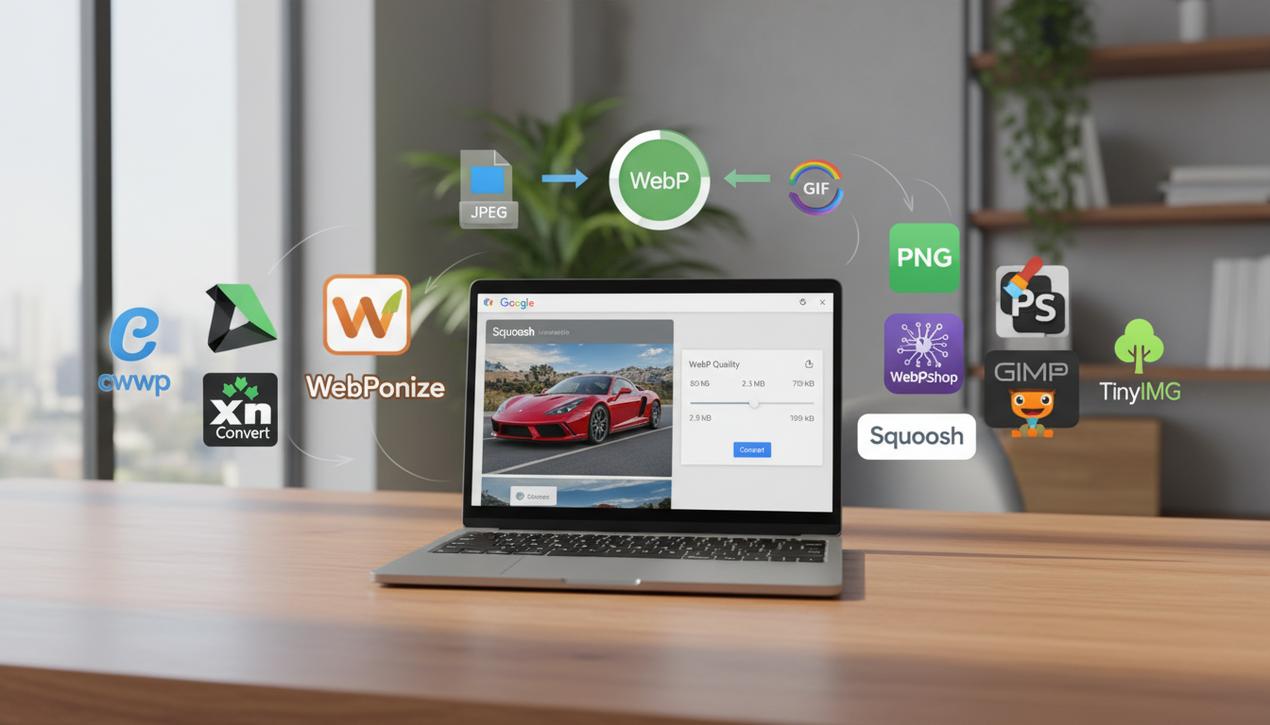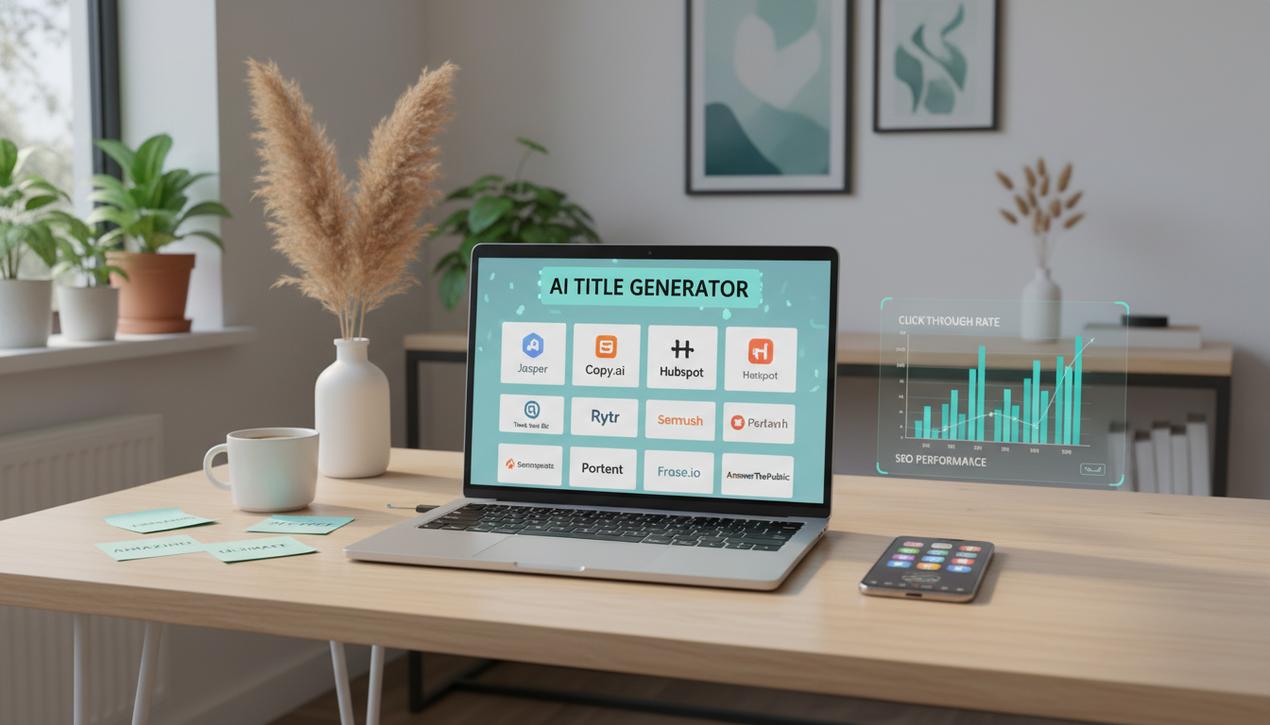A Guide to the 8 Best Free WebP Conversion Tools


In an era where loading speed is a critical ranking factor for Google and a cornerstone of user experience, image optimization is no longer an option—it’s a necessity. A single second of loading delay can cause a significant drop in conversions. To meet this challenge, Google introduced the WebP format over a decade ago. In 2025, its adoption is massive, with over 97% of modern web browsers now offering full support. This next-generation image format provides superior compression, producing files up to 34% smaller than JPEGs and 26% smaller than PNGs, all without a perceptible loss in quality. Switching to WebP means delivering faster pages, improving your search engine optimization (SEO), and even reducing your website’s carbon footprint. Fortunately, making the switch is easier than ever thanks to a multitude of powerful and free tools. This complete guide introduces the 8 best solutions for converting your images to the WebP format, whether you’re a developer, a graphic designer, or simply passionate about your site’s performance.
Why the WebP Format Is a Game-Changer in 2025
Before diving into our list of tools, it’s crucial to understand why WebP has become the de facto standard for the modern web. Its benefits extend far beyond simple file size reduction. They directly impact the key performance indicators (KPIs) that define a website’s success today: search engine rankings, user engagement, and even environmental responsibility.
A Direct Impact on SEO and Core Web Vitals
Since the introduction of Core Web Vitals as a ranking factor, Google evaluates the real-world user experience to position pages. The most important of these signals, the Largest Contentful Paint (LCP), measures the time it takes for the largest content element on the page to become visible. In most cases, this element is an image. By using significantly lighter WebP images, you drastically reduce loading times, thereby improving your LCP score. A good LCP score sends a positive signal to Google, which can translate into a higher ranking in search results, especially on mobile where connection speeds are often limited.
A Radically Improved User Experience (UX)
A page that loads instantly captures a user’s attention. Studies consistently show that bounce rates increase exponentially with every extra second of loading time. By speeding up your pages with WebP, you reduce visitor frustration and increase the likelihood that they will stay, browse, and convert. Furthermore, the WebP format is incredibly versatile. It supports both transparency (alpha channel) like PNGs and animations like GIFs. This allows you to replace three legacy image formats with a single, more efficient one, simplifying asset management and ensuring a smooth, fast experience across your entire site.
A Step Towards Green Web Design
An increasingly important consideration in 2025 is eco-design. The digital world has a significant environmental footprint, primarily due to the energy consumption of servers and user devices. By reducing the weight of your images, you decrease the amount of data transferred over the network. Less data means less energy consumed to store, transmit, and display your web pages. Adopting WebP is therefore a tangible step towards a more sustainable and environmentally friendly web, an argument that can also strengthen your brand image.
Top Desktop Tools for Local Conversion
For those who prefer to work directly on their machine, several robust desktop applications allow for converting images individually or in batches, offering complete control over the process.
1. cwebp: The Power of the Command Line
For developers and advanced users comfortable with a terminal, cwebp is the official tool provided by Google. It’s the conversion engine behind many other applications and offers unparalleled granular control over compression. You can specify the quality level, compression method, and many other parameters. It’s the perfect tool for automating conversion tasks within scripts. A simple command looks like this:
cwebp -q 80 image.png -o image.webp
In this example, the `image.png` file is converted to `image.webp` with a quality factor of 80. Google also provides the `dwebp` tool to convert WebP images back to other formats.
2. XnConvert: The Multi-Platform Batch Converter
XnConvert is a true Swiss Army knife for image processing. This free software, available for Windows, macOS, and Linux, shines with its ability to process hundreds or thousands of images in a single operation. Its visual interface allows you to build a “script” of actions: resize, crop, add a filter, and, of course, convert to WebP. It supports over 500 input formats, making it an ideal solution for managing diverse image libraries.
3. IrfanView: The Lightweight Powerhouse for Windows
A long-standing favorite in the Windows community, IrfanView is a compact yet incredibly powerful image viewer and converter. It’s renowned for its speed and efficiency, especially in batch processing. With the appropriate plugins installed, you can easily open a batch of images, set the WebP conversion parameters (like quality and compression), and process an entire folder in seconds. It’s a fantastic, no-frills tool for pure performance.
4. WebPonize: Simplicity for Mac Users
Designed specifically for the Apple ecosystem, WebPonize is the epitome of simplicity. Simply drag and drop your JPEG, PNG, or GIF images into the application window, and they are instantly converted to WebP. The tool clearly displays the original size, the final size, and the percentage reduction, allowing you to see the performance gains immediately. It’s the perfect utility for quick, effortless conversions on a Mac.
Plugins for Your Graphic Design Software
Integrating WebP conversion directly into your design workflow is the most efficient method. These plugins allow you to save your creations directly in the correct format without any intermediate steps.
5. The Official Plugin for Adobe Photoshop
Essential for the majority of web designers, the WebPShop plugin, officially provided by Google, integrates full WebP support into Adobe Photoshop. Once installed, you can open, edit, and save .webp files just like any other image format, directly from the “Save As” menu. It supports all WebP features, including animation and transparency, making it an indispensable tool for any creative working on the web.
6. The Community Plugin for GIMP
For fans of the powerful open-source image editing software GIMP, a community-developed plugin also enables WebP format management. It integrates seamlessly, adding an option to export to WebP. When saving, a dialog box allows you to precisely adjust the quality factor, denoise filter strength, and other settings to find the perfect balance between file size and visual quality.
Online Solutions for Quick Conversions
If you prefer not to install any software or need to convert a few files on the fly, online tools are the way to go. They offer convenience without compromising on quality.
7. Squoosh: Google’s All-in-One Online Optimizer
Squoosh is a progressive web app developed by Google Chrome engineers. It’s an incredibly powerful and user-friendly image optimization tool. You just drag your image into the browser, and an interface with a slider lets you compare the original image with the compressed WebP version in real-time. You can adjust the quality, resize the image, and instantly see the impact on file size. A major advantage: all processing is done locally in your browser, so no images are uploaded to a server, ensuring the privacy of your files.
8. TinyIMG: Simplified Online Optimization
Best known for its smart PNG and JPEG compression service, TinyIMG (and its popular counterpart, TinyPNG) also offers excellent conversion to the WebP format. It’s the ideal solution for quick, hassle-free conversions. You can upload up to 20 images at once and then download them in a single zip file. The algorithm takes care of finding the best compression settings for you, making it a great tool for those who want a fast result without getting into technical details.
Adopting the WebP format is no longer a question of “if,” but “how.” With the range of free tools presented here, every type of user—from the developer to the designer to the content manager—can find a solution that fits their workflow. Integrating this format is one of the most cost-effective actions you can take to improve your site’s speed, boost your SEO, and deliver a better experience to your visitors. For developers looking to take the next step, libraries like imagemin-webp for Node.js can fully automate this process in a build pipeline. Don’t wait any longer: audit your main pages, identify the heaviest images, and start converting. Your site and your users will thank you for it.




